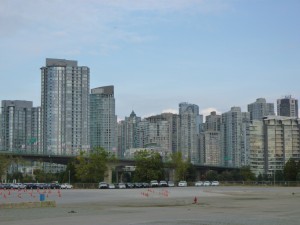Creative Destruction
Park Circle, a neighborhood in North Charleston, SC, was originally laid out according to British garden city principles in the early 1900s. Since then, the adjacent naval shipyard has closed, and the grand vision has not quite come to fruition. But Park Circle is only ten miles from downtown Charleston, and it caught local developer Vince Graham’s eye. He had completed the successful planned community of I’On in nearby Mt.Pleasant, and this seemed like another opportunity to apply the principles of density, walkability and mixed-use. The development, which he called Mixson, after one of the original city’s founders,

